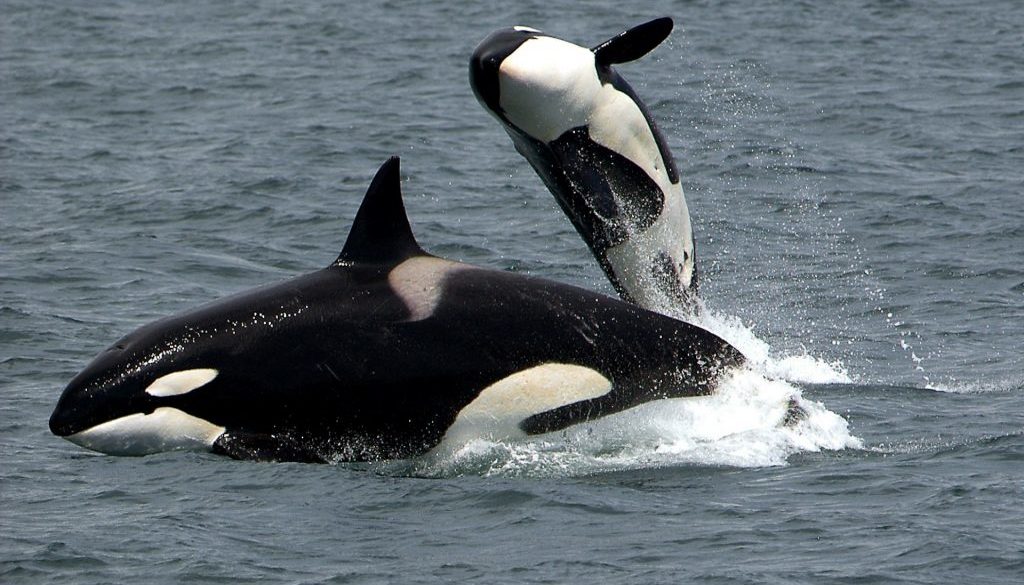If You Work in a Dangerous Job, You Should Be Worried About Brett Kavanaugh
By Deborah Berkowitz, National Employment Law Project
When a vibrant 40-year-old animal trainer was killed by a whale at SeaWorld in 2010, the government’s safety agency, an administrative law judge, and a panel of appellate judges all agreed that SeaWorld broke the law by not taking basic precautions to provide a safe workplace. All, that is, except one judge on the appellate panel who dissented: Brett Kavanaugh, the president’s nominee for Supreme Court Justice.
When questioned about his dissent today by Senator Dianne Feinstein, Kavanugh claimed, “The issue Senator, was precedent. I follow, as a judge, precedent.”
Kavanaugh’s dissent was stunning because it echoed a sentiment that has long been put to rest by Congress, but continues to be put forward by dangerous businesses that want to shirk any responsibility for worker safety: the idea that workers assume safety risks when they take jobs.
“When should we as a society paternalistically decide [that employees should be protected from] the risk of significant physical injury?” Kavanagh wrote in his dissent. Not only was this an extreme position—one few have espoused on the bench—but it completely contravenes Congress’s intent when it passed the workplace safety law more than four decades ago.
A bipartisan Congress passed the Occupational Safety and Health Act in 1970, and President Richard Nixon signed the legislation into law. It provided workers with the fundamental right to go to work and come home every day; workers should not have to sacrifice their lives for a paycheck. The law is clear that it is the employer’s responsibility to provide a safe workplace.
In their final opinion, Kavanaugh’s colleagues on the appeals court had to remind him that the duty of employers to ensure a safe and healthy workplace has been the law of the land for more than 45 years. Yet, Kavanaugh clearly ignored the law in his dissent, attempting to stretch and unmoor precedent so that he could side with a big business over its workers.
I was working at the Occupational Safety and Health Administration on February 24, 2010, when Dawn Brancheau, an experienced and admired SeaWorld trainer, was dragged under water to her death by Tilikum, a 12,000 pound orca whale. This horrible incident occurred during a performance in front of a live audience. The audience was stunned, and it took SeaWorld more than 45 minutes to recover Dawn’s battered body from the pool. This was the second worker to be killed by Tilikum, and it followed a string of serious incidents involving a substantial number of other orcas in captivity at SeaWorld, including incidents of biting and being pulled under water.
OSHA spent six months investigating this fatality (the agency thoroughly investigates all workplace fatalities; more than 5,000 workers were killed last year on the job). The case seemed very clear cut: this horrible tragedy could have been prevented with simple safety procedures. OSHA found that SeaWorld knew that working with these orcas (popularly known as killer whales) posed a hazard to trainers. OSHA cited the company with serious and willful violations, fined it $70,000, and required it to implement simple and feasible abatement methods to assure no other worker would be hurt or killed—things like keeping a minimum distance from killer whales or imposing a physical barrier between the killer whales and their trainers.
The company challenged OSHA’s citation, but as the case proceeded through the litigation process, SeaWorld implemented the means of abatement recommended by OSHA. During the administrative hearing process, the fine was reduced to $7,000 (OSHA penalties are almost always incredibly low). Yet SeaWorld continued to litigate the case, refusing to pay even the $7,000 (even though the company’s legal bills were already likely many times higher than the fine).
In the end, the appeals court upheld OSHA’s findings and ruled against SeaWorld. But Kavanaugh’s dissent should send a shiver down the spines of all workers who face serious hazards at work. What would a Justice Kavanaugh mean for workers in dangerous industries—e.g., steel workers, roofers, meatpackers, or health workers assaulted on the job?
It is no wonder that conservatives and big business are rejoicing at Kavanaugh’s nomination. Their holy grail is dismantling the regulatory agencies that protect workers and the public. And they recognize Kavanaugh as their guy who will do this—and not incrementally, as his opinion in SeaWorld makes clear. He will clearly smash apart the bipartisan laws that protect us all and the agencies that enforce them, sending all of us back to the dark ages. And like the president who nominated him, Kavanaugh will put corporate interests over workers and the public every time.

